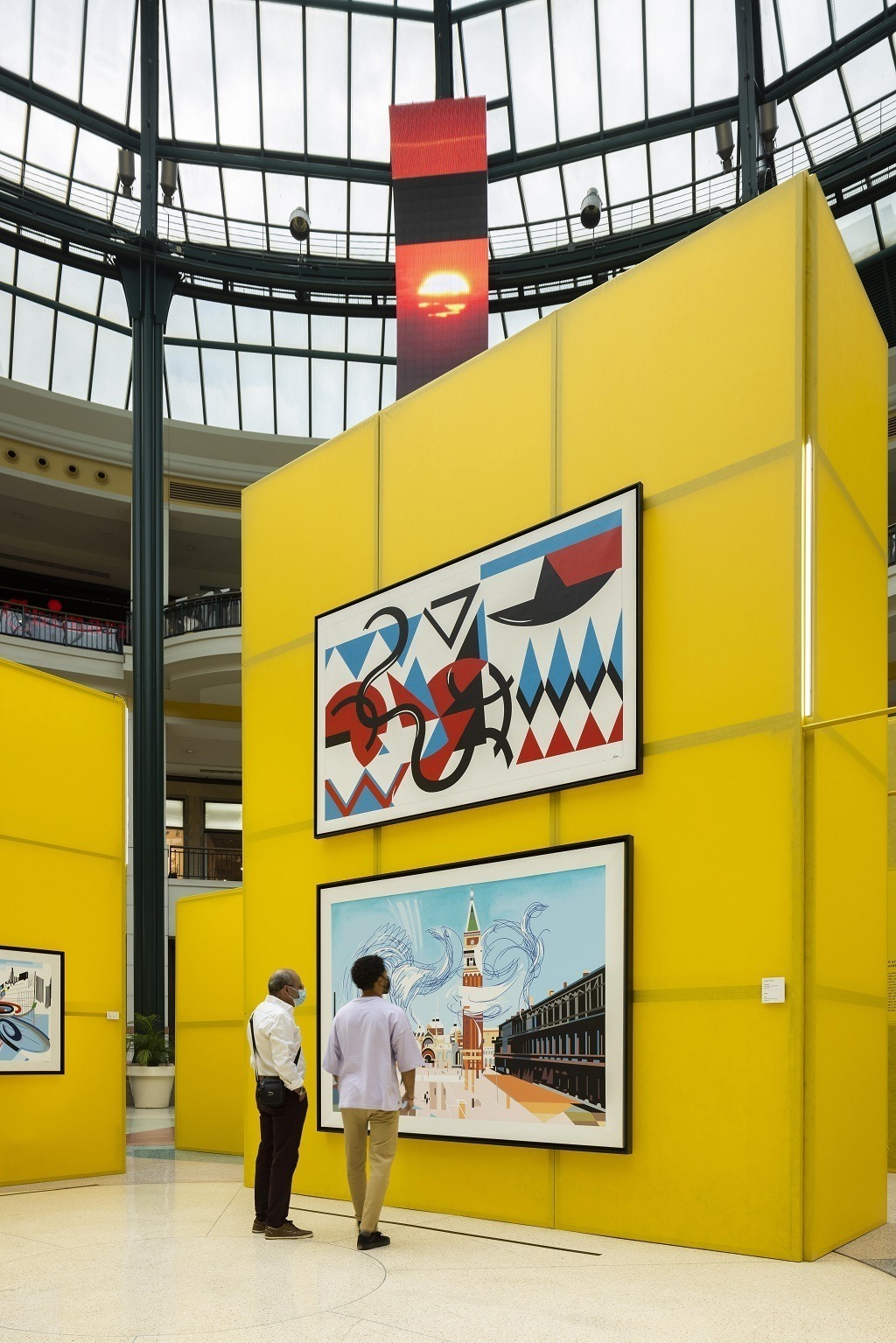“100 YEARS NADIR AFONSO” EXHIBITION
The 11th edition of the public art program “Art Arrived at Colombo”, created and produced by State of the Art for Centro Colombo, was marked by the exhibition “100 Years Nadir Afonso”, a retrospective of the work of Nadir Afonso (1920-2013), one of the most recognized Portuguese artists. Curated by Laura Afonso, President of the Nadir Afonso Foundation and the artist’s widow, the exhibition featured works dated between 1947 and 2010.






